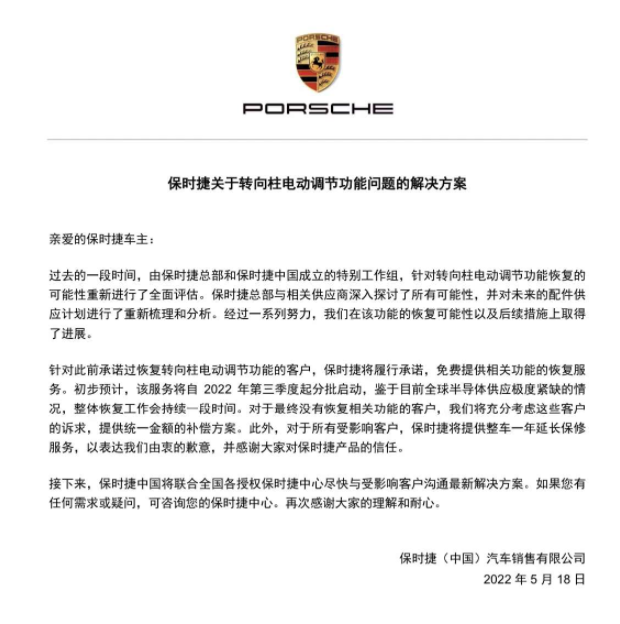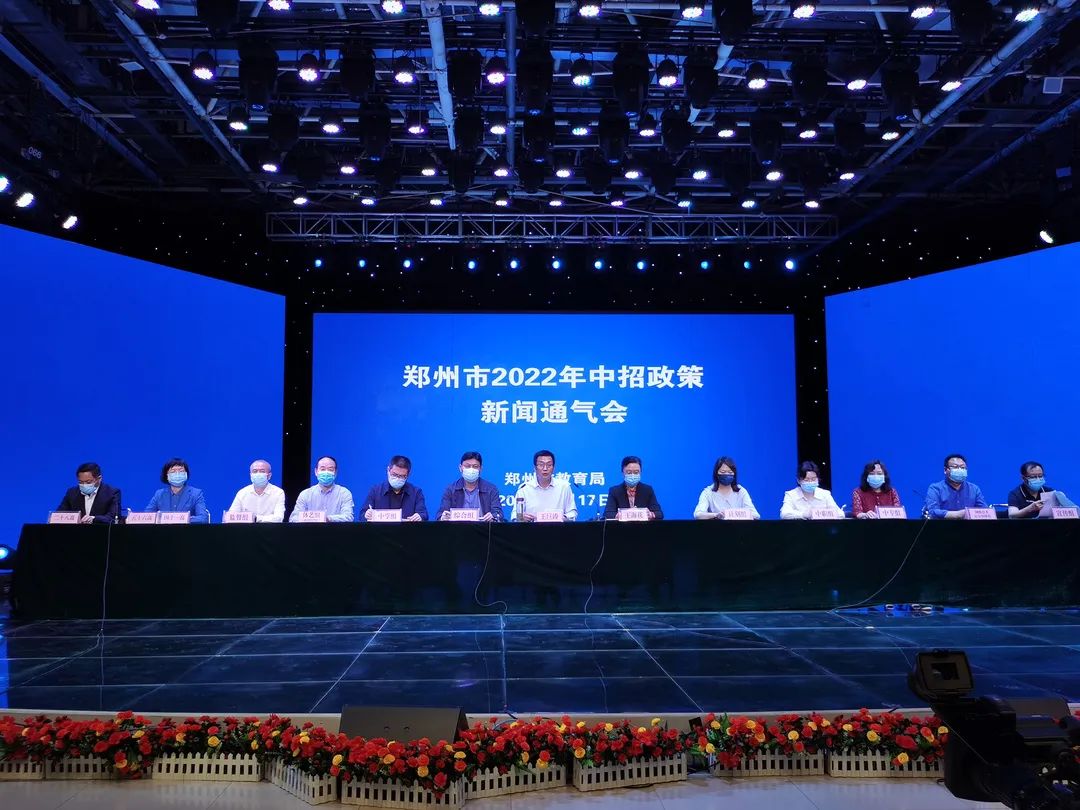China transforms extreme frontier to renewables belt-热点聚焦
Workers set up frameworks for a solar power project in Kubuqi desert in the Inner Mongolia autonomous region. [Photo/Xinhua]
Mega solar, wind projects to supply power needs, reduce CO2 emissions
The Kubuqi desert, located in the Inner Mongolia autonomous region, has always been known for its severe heat and insufficient water sources.
 (资料图)
(资料图)
Kubuqi — China"s seventh largest desert that was earlier called "the sea of death" — and the Gobi region beyond, consisting of vast expanses of rocky mountains and sand dunes, however, hold out a promise.
Their large expanse of barren land rich in wind and solar resources makes it ideal for developing huge solar and wind power parks that can transform the desolate area into a bustling hub for renewable energy.
And, China is doing exactly that.
A mega solar and wind power base, jointly undertaken by China Three Gorges Corp and Inner Mongolia Energy Group, is currently under construction in the Kubuqi desert and is set to become the world"s largest power generation base of its kind.
Designed with an overall installed capacity of 16 million kilowatts, the massive solar-plus-storage project will feature 8 gigawatts of solar power and 4 GW of wind power upon completion, as well as 4 GW of upgraded coal and 300 megawatts of energy storage capacity to support steady grid operation.
The capacity is equivalent to that of Baihetan, China"s second-largest hydropower station, said Chen Shicheng from China Three Gorges Corp, who is in charge of the construction site.
Once complete, the project, with a total investment of $11.5 billion, will be able to transfer about 40 billion kWh of electricity to the Beijing-Tianjin-Hebei region every year, half of which will be clean energy, equivalent to saving about 6 million metric tons of standard coal and reducing carbon dioxide emissions by about 16 million tons, Chen said.
This is part of the country"s efforts to achieve carbon peak and carbon neutrality goals under a new development philosophy.
By 2030, China"s carbon dioxide emissions will peak, stabilize and then decline, and by 2060, China will be carbon neutral and will have a fully established green, low-carbon and circular economy.
China aims to gradually increase the share of consumption of nonfossil energy to around 20 percent by 2025, around 25 percent by 2030, and over 80 percent by 2060, according to a document released jointly by the Communist Party of China Central Committee and the State Council.
The country"s carbon dioxide emissions per unit of GDP will be lowered by 18 percent from the 2020 level by 2025 and will have dropped by more than 65 percent compared with the 2005 level by 2030, according to the document.
Green energy push
The scenario is not unique to Kubuqi desert.
The Tengger desert, the fourth-largest in China situated to the west of the Kubuqi desert, stretches toward the Ningxia Hui autonomous region.
Here, the first phase of a photovoltaic power project with an installed capacity of 1 million kilowatts is nearing completion and will soon be operational.
The desert belt winds through several provincial-level regions including Inner Mongolia autonomous region, Xinjiang Uygur autonomous region, Ningxia Hui autonomous region, Qinghai, Gansu and Shaanxi provinces.
China"s fight against desertification started decades ago.
In 1988, Elion Resources Group started combating desertification as part of China"s greening efforts of the vast Kubuqi desert. The country"s first solar project for sand control, with an overall planned capacity of 1,000 MW and operated by Elion, started generating power in 2016 in the Kubuqi desert.
Since then, China has continued to expand its renewable energy projects in the desert and Gobi region, with a particular focus on solar energy.
In 2021, China launched the first phase of wind and solar power projects of a total 100 gigawatts in desert areas that cover 19 provinces, according to a statement jointly released by the National Development and Reform Commission and the National Energy Administration.
An employee works on the photovoltaic production line of a tech company in the Inner Mongolia autonomous region. [Photo/Xinhua]
As renewable energy has been gaining momentum in recent years, the government has vowed to further accelerate the construction of solar and wind power generation facilities in these areas. It has announced the second phase with an estimated investment of up to 3 trillion yuan ($442 billion) that will focus on related industries in the Gobi and other sandy and rocky regions.
Most of the projects will be located in the northwestern part of China that has vast renewable energy resources, including the Inner Mongolia, Ningxia Hui and Xinjiang Uygur autonomous regions, it said.
By 2025, annual power generation from renewable energy will reach about 3.3 trillion kilowatthours and the wind power and solar power generation will double, according to the country"s central economic planner.
As much as 33 percent of power supply to the national grid will come from renewable sources by 2025, up from 29 percent in 2020, it said in a document.
After years of efforts, the vast Gobi Desert in the northwestern part of China now boasts massive wind turbines and photovoltaic panels. Local governments are not only transforming their advantages in local resources into an economic advantage, but also ensuring sufficient power supply for the country, said Lin Boqiang, head of the China Institute for Studies in Energy Policy at Xiamen University.
"China has been stepping up efforts in greening the deserts with local governments aiming to turn their desert regions, as well as the Gobi region and the outdated and shut-down coal mining land, to solar and wind power bases, taking advantage of the abundant renewable energy resources in the area," he said.
"The abundant renewable energy resources and preferential policies have attracted leading photovoltaic manufacturing enterprises such as GCL Technology Holdings Ltd, Tongwei Co Ltd, TCL Zhonghuan Renewable Energy Technology Co Ltd, Risen Energy Co Ltd and LONGi Green Energy Technology Co Ltd, to shape up the whole industrial chain."
The northern region of China has been witnessing a remarkable surge in the construction of solar and wind power parks in recent years along its desert belt, transforming the area into a bustling hub for renewable energy while burnishing China"s credentials as an environmental leader, he said.
Inner Mongolia, for example, has 2,600 to 3,400 annual sunshine hours, and it ranks second only to Tibet autonomous region in the country in solar energy resources, which has emerged as a primary driver of the region"s energy transformation.
However, Lin said the challenge at present is how to effectively and efficiently transport all the green energy produced in the western regions to the load center in East China.
Energy storage, as well as ultrahigh voltage power transmission lines — which could double the voltage of conventional high-voltage lines and allow them to transmit up to five times more electricity at minimal energy loss along the way — are believed to be the answer to China"s energy imbalance, ensuring that the green but fluctuating energy source is not wasted.
As power generation using renewable energy requires the grid network to be steadier and quicker in responding to volatility and unpredictability, it is necessary to build a new power system with new energy as a principal component to help the government achieve its carbon peak and neutrality ambitions, Lin said.
With additional installations of wind and solar power and greater challenges in accommodating them, the UHV transmission will help boost confidence among investors to further build wind and solar power units, he said.
Yi Yuechun, deputy director-general of the China Renewable Energy Engineering Institute, said it was necessary to optimize the allocation of energy storage while enhancing the supporting capacity of the power grid at the mega solar and wind bases. These bases are often located in areas where power demand and power grid adjustment and absorption capacity are limited.
The ultrahigh voltage power line is like a high-speed electric power railway. It has strong transmission capacity, low loss and long transmission distance for clean electricity. The transmission lines can not only transform resource advantages in western China into economic benefits, but also meet the urgent demand for green energy in the central and eastern provinces, he said.
According to Yi, China has so far completed the construction of 34 UHV projects nationwide with the transmission scale more than twice that of 10 years ago.
The State Grid Corp of China has been actively involved in the construction of UHV transmission lines in China in recent years. In February, it began construction of the Jinshang-Hubei 800-kilovolt UHV direct current power transmission project, stretching 1,901 kilometers to pass through four provincial regions, the highest-altitude UHV direct current power transmission project in the world.
The company has been at the forefront of UHV transmission technology worldwide and has undertaken several ambitious UHV transmission line projects in China.
These projects have been part of China"s broader efforts to enhance its power grid infrastructure, improve energy efficiency, and support the development of renewable energy sources.
State Grid Corp has vowed to further step up research and development of UHV transmission technologies to further enhance the efficiency, reliability, and sustainability of UHV transmission.
The view of a solar power project in Ordos, Inner Mongolia autonomous region. [Photo/Xinhua]
下一篇:最后一页
关于郭涛等7名同志拟任职的公示
根据《党政领导干部选拔任用工作条例》和有关规定,现将拟任职干部情况公示如下,请予监督:郭涛,1972年3月生,大学,管理学博士,中共党
2022-05-19河南疫情最新消息|5月18日河南新增本土确诊病例11例、本土无症状感染者9例
5月18日0—24时,全省新增本土确诊病例11例(许昌市11例),新增本土无症状感染者9例(郑州市4例,许昌市4例,鹤壁市1例),无新增本土疑似
2022-05-19安阳、焦作……河南三市发布最新人事信息
安阳市人民代表大会常务委员会任免名单(2022年5月17日安阳市第十四届人民代表大会常务委员会第三十四次会议通过)(一)决定免去:马卫安
2022-05-19注意!沪陕高速信阳叶信段即将施工 通行请小心
记者从信阳高速公路公安交通警察支队了解到,2022年5月23日6时至8月31日22时,沪陕高速信阳叶信段(K764至K85)北幅,将分阶段、分路段进行
2022-05-19
@千万郑州人,今后非机动车违法采取新办法,需现场朗读“承诺书”
5月18日,记者从郑州交管局获悉,近日,郑州交警在查处非机动车、电动车等交通违法时,通过依法依规处罚、现场学习交通法规,扫码下载朗读
2022-05-194月河南物价水平保持温和上涨
据国家统计局河南调查总队数据显示,4月份全省居民消费价格同比上涨1 6%,涨幅比上月扩大0 6个百分点;1-4月,全省居民消费价格同比上涨0 8
2022-05-19
被车评人集体声讨的保时捷终于妥协:免费恢复功能,延保一年
5月18日,针对带电动调节功能转向柱减配事件,保时捷中国公布解决方案。保时捷中国方面表示,针对此前承诺过恢复转向柱电动调节功能的客户
2022-05-19
郑州市经开区率先部署15分钟核酸检测“采样圈” 记者实探经北一路核酸采样工作站
医护人员不用穿成大白,呆在凉爽的小屋里就能完成核酸采样;而市民也不用担心飞沫传染,就近来到小屋前就能迅速进行核酸检测。5月17日上午
2022-05-19以身挡落石,郑州新密消防员18米深井救人
5月15日17时31分,郑州市消防救援支队新密大队指挥中心接到群众报警,一名男子坠入该市矿区总医院后院围墙外18米深井内,身体受伤无法动弹
2022-05-19
2022年郑州市中招政策发布:6月22日—24日考试,总分600分
5月17日上午,郑州市教育局召开2022年郑州市中招工作会议,并进行新闻发布。今年,郑州市中招考试时间为6月22日-24日,由于今年取消了中招
2022-05-19X 关闭




X 关闭
- 最新全国疫情中高风险地区名单:全国现有高中风险地区15+64个(统计时间:5月19日6时)
- 北京疫情最新消息|5月18日北京新增50例本土确诊病例和5例无症状感染者
- 上海疫情最新消息|5月18日上海新增本土确诊病例82例和本土无症状感染者637例
- 郑州限号|今天是2022年5月19日,郑州限行尾号是4和9
- 发码总数超68万!郑州市“场所码”覆盖精度再提升
- 郑州发布100号通告:调整封控管控区域
- 【“郑”在抗疫】郑州互联网企业开展爱心购瓜网络公益活动
- 10岁顽童因“想妈妈”爬楼顶,暖心民警化身“心理医生”解心结
- 洛阳馨悦社工:以微薄之力让社区更安全
- 平顶山新华区对4名违反疫情防控有关规定人员依法处理


